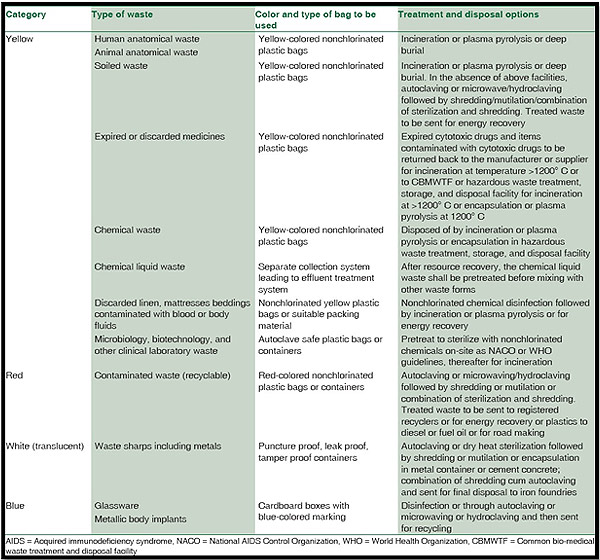Rumored Buzz on Reclaim Waste
Rumored Buzz on Reclaim Waste
Blog Article
The smart Trick of Reclaim Waste That Nobody is Talking About
Table of ContentsThe Only Guide to Reclaim WasteThe 7-Second Trick For Reclaim WasteAll About Reclaim WasteThe Single Strategy To Use For Reclaim WasteReclaim Waste Can Be Fun For Anyone
Check out the types, incidents, and kinds of fluid waste. Domestic sewage waste describes the waste and items from a property septic tank. This kind of waste is produced by people in homes, colleges, and various other structures. This only consists of septic containers that have a drain area. The correct monitoring and disposal of residential sewage waste call for fluid waste to be moved to a sewage therapy plant where the proper techniques and tools are put on detoxify and dispose of waste.
Industrial waste often includes prospective dangers, such as flammable materials or a blend of liquid and solid waste items, and needs a much more innovative and detailed disposal process. The disposal of business waste typically entails the purification of waste prior to transport to make certain secure and correct disposal. Industrial waste is created from results and overflow of industrial procedures and manufacturing.
This sort of waste can not use the very same sewage management transportation or processes as septic or commercial liquids. The hazardous waste monitoring process needs the assessment and screening of liquid waste before it undertakes the disposal process (liquid waste disposal melbourne). Drainage waste is the liquid waste that comes from overflow and excess stormwater in very populated areas or cities
Overflow waste can create contamination and flooding if not handled appropriately. Find out more regarding sewer cleaning and waste monitoring. Guaranteeing proper waste monitoring can protect against catastrophes and decrease environmental injury. Both individuals in domestic settings and specialists in business or production industries can gain from recognizing the procedures and laws of liquid waste management.
4 Simple Techniques For Reclaim Waste
Get in touch with PROS Providers today to discover our waste monitoring and disposal solutions and the proper ways to take care of the fluid waste you create.
(https://justpaste.it/fauht)Do you know what takes place to your water when you pull the plug, purge the bathroom or drain pipes the washing machine? No? Well, it deserves knowing. This supposed 'wastewater' is not just an important source but, after therapy, will be launched to our land, waterways or the sea. Utilized water from toilets, showers, bathrooms, kitchen sinks, washings and industrial procedures is understood as wastewater.

water utilized to cool down equipment or clean plant and devices). Stormwater, a form of wastewater, is overflow that moves from agricultural and city areas such as roof coverings, parks, gardens, roads, paths and seamless gutters into stormwater drains, after rainfall. Stormwater moves without treatment straight to regional creeks or rivers, at some point getting to the sea.
What Does Reclaim Waste Do?
In Queensland, many wastewater is treated at sewage treatment plants. Wastewater is moved from residential or commercial websites with a system of drains and pump stations, referred to as sewerage reticulation, to a sewage treatment plant. City governments build, maintain and run most sewer treatment plants. Operators are certified under the Environmental Management Act 1994 to discharge treated wastewater at an acceptable ecological criterion right into rivers.
The Division of Natural Resources encourages local governments concerning handling, operating and maintaining sewage systems and therapy plants. In unsewered areas, city governments might need householders to install private or home sewage therapy systems to treat domestic wastewater from commodes, kitchen areas, shower rooms and laundries. The Division of Natural Resources authorises making use of house systems when they are verified to be efficient.
In some new neighborhoods, treatment of some stormwater to remove litter, sand and gravel has actually begun utilizing gross contaminant traps. Wastewater treatment happens in 4 stages: Gets rid of solid issue.
Wastewater then streams right into huge containers where solids resolve and are gotten rid of as sludge. Grease and scum are skimmed from the surface area. Makes use of small living microorganisms referred to as micro-organisms to damage down and get rid of remaining liquified wastes and great bits. Micro-organisms and wastes are included in the sludge. Eliminates nitrogen and phosphorus nutrients that might create algal blossoms in our rivers and intimidate aquatic life.
Examine This Report on Reclaim Waste
Nutrient removal is not available at all sewer treatment plants because it needs pricey specialised devices. It is ending up being a lot more typical in Queensland. Clear fluid effluent created after therapy may still contain disease-causing micro-organisms. If this effluent is launched right into waterways such as rivers or the sea, the micro-organisms view it now will at some point pass away out.

Many wastewater moves into the sewage system. Under the Act, neighborhood federal governments provide approvals and permits for ecologically pertinent activities (Periods) involving wastewater launches that might have a regional impact.
The 2-Minute Rule for Reclaim Waste
Tracking supplies valid details concerning water top quality and can confirm that licence problems are being satisfied. The info acquired through monitoring offers the basis for making water quality decisions.
Report this page